IARRP team clarifies the impact of Drying-wetting cycles on soil structural stability and organic carbon accumulation
The team for "Soil Degradation Prevention and Soil Quality Improvement" at the Institute of Agricultural Resources and Regional Planning (IARRP), Chinese Academy of Agricultural Sciences (CAAS), has revealed the processes and mechanisms through which drying-wetting cycles affects the soil structure of black soil. The research findings have been published in the CATENA journal.
Farmland soils experience varying intensities and frequencies of drying-wetting cycle. Drying-wetting cycle directly affects soil moisture or indirectly impacts soil microbes, thereby influencing soil structural stability and the mineralization and accumulation of soil organic carbon (SOC). Using rare earth oxides (REOs) tracing technology and focusing on Northeast China's black soil in indoor simulation experiments, the research team found that the average weight diameter (MWD) of soil aggregates did not change significantly during drying-wetting cycles. However, the breakdown and formation of aggregates occurred throughout the entire cultivation process, indicating that soil aggregate breakdown and formation processes, rather than aggregate size distributions, were more of a concern when evaluating the effects of DW cycles on soil structural stability.
Soil aggregate transformations were the inner drivers to soil aggregation processes and further affected soil physical protection of SOC.POC concentrations were closely related with soil aggregate turnover time. The exposure of POC through aggregate breakdown under high DW intensity resulted in a higher loss of SOC.
The structural equation modeling (SEM) revealed that DW cycles exerted remarkable effects on soil structural stability by impacting SOC fractions and soil aggregate turnover processes. The research results provide a scientific basis for understanding the decline of soil organic matter in black soil driven by drying-wetting cycle.
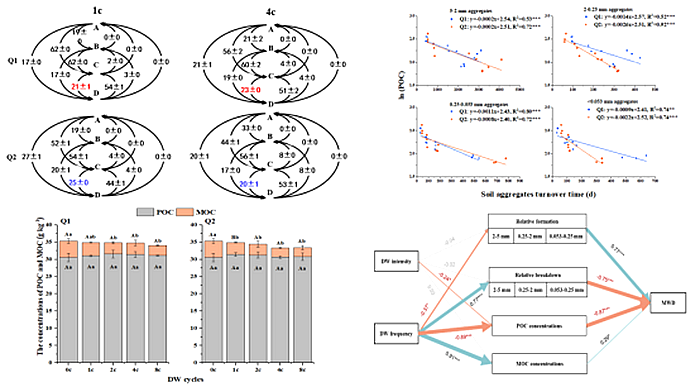
Researcher Peng Xinhua from the IARRP is the corresponding author of the paper, with Assistant Researcher Liu Shuai from the Nanjing Institute of Soil Science, Chinese Academy of Sciences, as the first author.
The research was supported by the National Key Laboratory for Efficient Utilization of Northern Arid and Semi-Arid Cropland, the National Natural Science Foundation of China, and the National Key Research and Development Program.
Article link: https://doi.org/10.1016/j.catena.2024.108188
-
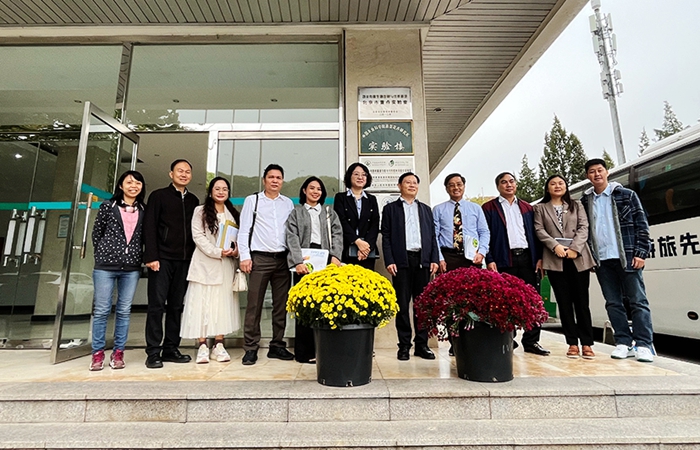 Dec 04, 2024Vietnamese Delegation Visited the Institute of Vegetables and Flowers
Dec 04, 2024Vietnamese Delegation Visited the Institute of Vegetables and Flowers -
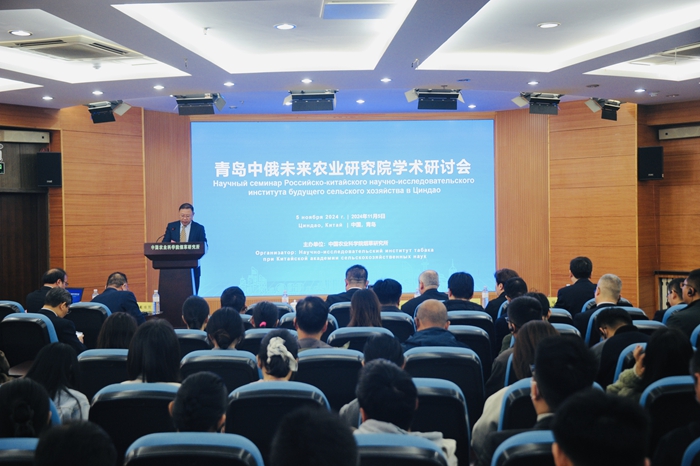 Dec 04, 2024Symposium of Qingdao Sino-Russian Future Agricultural Research Institute Successfully Held
Dec 04, 2024Symposium of Qingdao Sino-Russian Future Agricultural Research Institute Successfully Held -
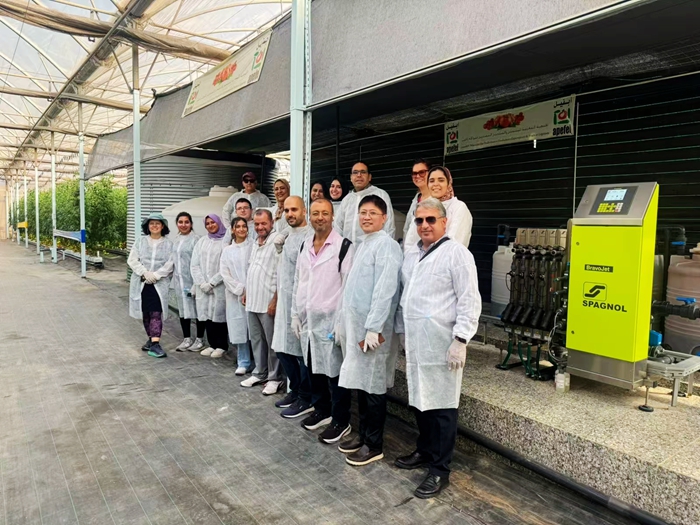 Dec 04, 2024IAED-CAAS Delegation Attends the Second Annual Conference of the Consortium for Research, Development, and Innovation in the Souss Massa Region, Morocco
Dec 04, 2024IAED-CAAS Delegation Attends the Second Annual Conference of the Consortium for Research, Development, and Innovation in the Souss Massa Region, Morocco -
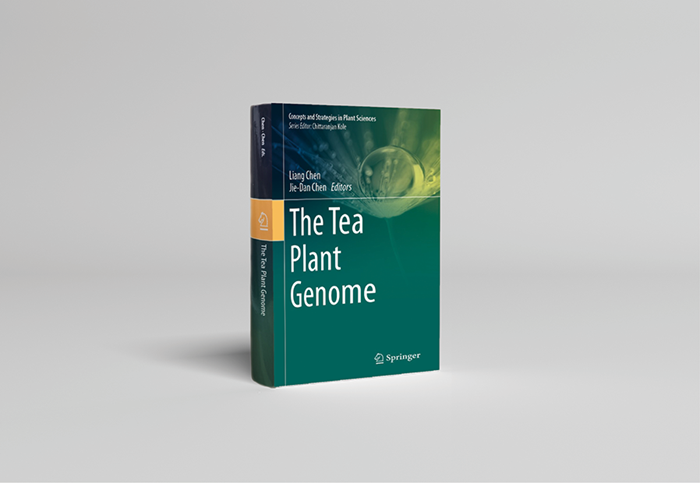 Dec 04, 2024New Book on Tea Plant Genome Released by TRI CAAS
Dec 04, 2024New Book on Tea Plant Genome Released by TRI CAAS -
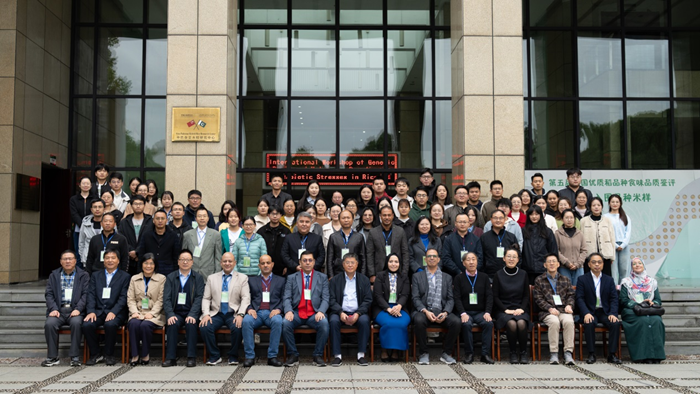 Dec 04, 2024CNRRI Hosted International Seminar on Genetic Basis and Molecular Breeding of Abiotic Stress in Rice
Dec 04, 2024CNRRI Hosted International Seminar on Genetic Basis and Molecular Breeding of Abiotic Stress in Rice
